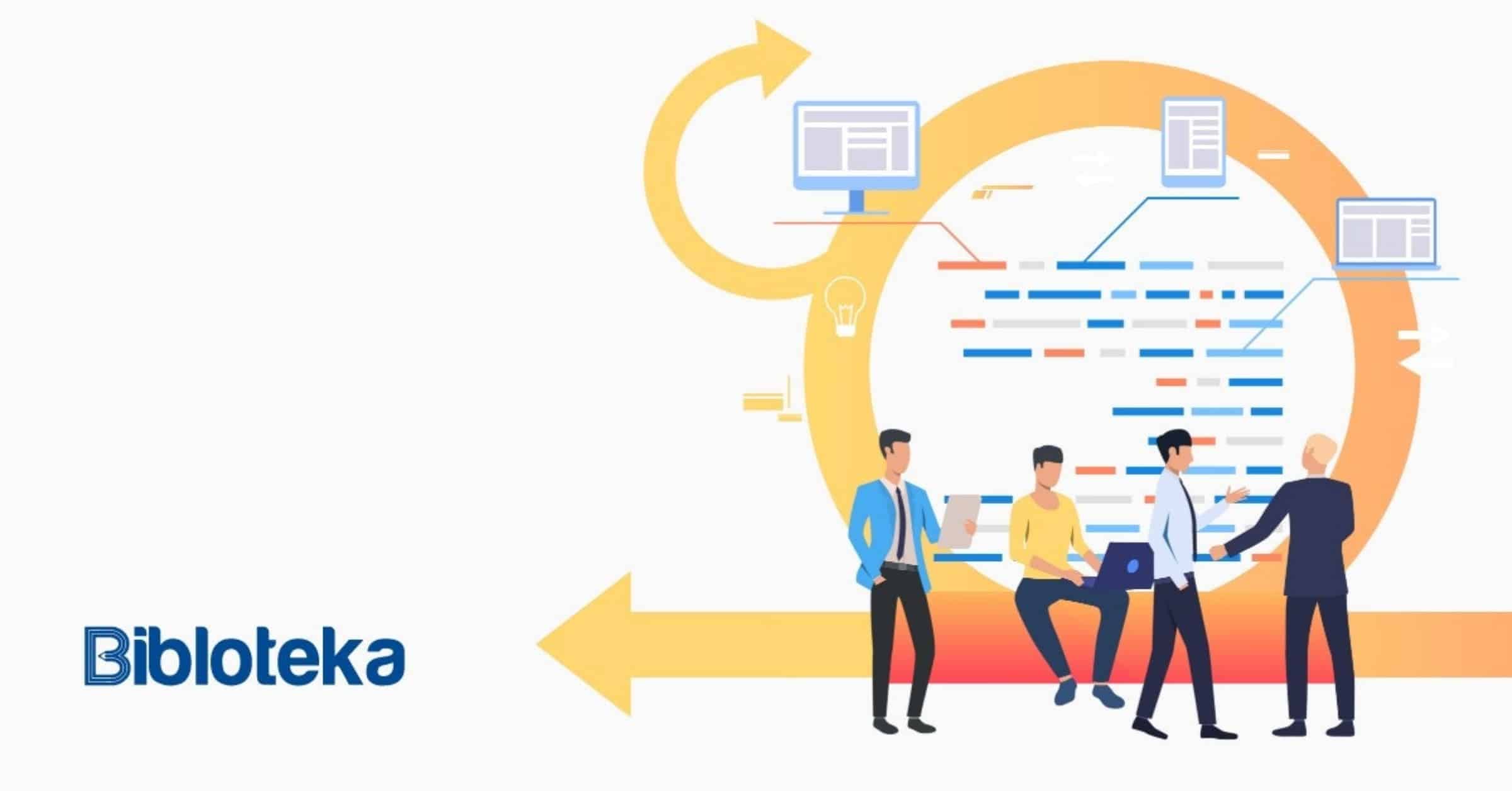Agile has invaded the construction project management and software development industries in recent years. This project management methodology seems to be a popular topic. Because the business world is changing so rapidly, companies look for methods, approaches, and methodologies that will help them run a smooth operation.
While there are many project management approaches to choose from, the ultimate choice should be taken with the nature of the business and its requirements in mind. Traditional project management (Waterfall) and agile project management methodologies are frequently pitted against each other.
What is Traditional Project Management?
Traditional project management is a well-established methodology in which projects are performed in a sequential cycle. It proceeds in the following order: initiation, planning, execution, monitoring, and closure.
Traditional project management methods put a greater emphasis on linear processes, documentation, upfront planning, and priority. Because time and budget are variable and needs are fixed in the traditional method, it frequently faces financial and timeline issues. There are tools and techniques defined by the standard methodology PMBOK® for each phase that project managers use.
The entire project is planned out in advance, with no room for modification. This method implies that time and cost are variables, but that requirements are fixed. Because of the rigidity of this method, it is not suitable for large projects and does not allow for any changes to the requirements once the project has started.
Benefits of Traditional Project Management
- Clearly defined objectives
- Controllable processes
- Clear documentation
- More accountability
What is Agile Project Management?
Agile project management is an incremental and iterative approach to delivering requirements throughout the project life cycle. At the core, agile projects should exhibit central values and behaviors of trust, flexibility, empowerment, and collaboration
When a traditional system focuses on upfront planning in construction management, factors such as cost, scope, and time are prioritized, Agile management prioritizes teamwork, customer collaboration, and flexibility. It is an iterative approach that emphasizes incorporating customer feedback and continuous releases with each iteration of a software development project.
Agile project management has four important values:
- More focus on individuals and interactions than processes and tools
- Working software is more important than comprehensive documentation
- Customer collaboration is more vital than negotiation
- The process should respond to change rather than blindly following a plan
Benefits of agile project management
- Flexible prioritization
- Early and predictable delivery
- Predictable costs and schedules
- Improves quality
- More transparency
Why is Agile preferred over traditional project management?
For a variety of reasons, many project managers prefer the agile methodology. Some of them are discussed below:
1. Project complexity
Tradition project management takes a linear approach, this method is most suitable for small or less complex projects. Sudden changes in the project or other complexity can obstruct the entire process, forcing the team to restart from the beginning.
Agile project management is preferred for complex projects. A complex project may have several interconnected phases, and each step may be dependent on several others rather than just one, as in a basic project. As a result, Agile methods are preferred for large and complex projects.
2.Transperany
Using the traditional project management model, the project manager controls the project, limiting others from making major decisions.
The agile project management methodology allows team members to see the progress from start to end. This level of transparency is essential in creating a healthy work environment.
In agile methodology, everything is out there and transparent. The clients and decision-makers are actively involved in the initiation, planning, review, and testing part of a product.
3.Adpatability
The traditional project management method is based on the assumption that once a phase is completed, it will not be revisited. As a result, it is unable to adapt to rapid changes in the work plan. The traditional approach fails to react to new changes if an unexpected requirement arises or if a variation is needed. The only choice is to start the process from the beginning. In the process, a lot of effort and time is wasted.
Because the agile project management methodology is not linear, it has a high adaptability factor. Complex projects are made up of several interconnected stages, each of which can have an effect on the others. In such scenarios, project managers can take calculated risks because there is a high chance of high adaptability.
4.Scope for feedback
In the traditional project management approach, each and every process is clearly detailed and established from the start of the project. It is incapable of dealing with any major change or feedback that may require a change in the process. The majority of the time, the project delivery schedule, and the budget are fixed, with only a few exceptions.
The agile project management approach has a high level of acceptance for feedback and change. The approach is very flexible, and it allows for constant feedback, which can assist in delivering a better output within the project’s delivery date.
How to choose between agile and traditional project management?
In reality, there is no such thing as a “one-size-fits-all” methodology that can be applied to every project or organization. The choice of using a methodology is influenced by a variety of factors, including the project’s nature, size, and available resources.
Smart project managers usually choose which approach to use at the start or initiation of a project. In agreement with other project sponsors and people involved in the planning process, he makes the final decision. Some factors to consider when selecting the right methodology for your project are listed below.
- Study the project’s requirements. Are the requirements simple and clear? Choose the agile methodology if project requirements are unclear or change frequently. And, in most cases, the traditional methodology works best when the requirements are properly defined and understood from the beginning.
- Take into consideration the project’s technology. If no new technology or tools are involved, the classic project management methodology is more appropriate. Because agile methodology is more flexible than traditional methodologies, it allows for more experimentation with new technology.
- Is the project subject to unwanted risks and threats? Given the rigid nature of traditional approach, it is not advised to use it. However, because risks can be addressed more rapidly with the agile approach, it appears to be a better option in terms of risk management.
- Another important factor is the availability of resources. The traditional approach works best with large and complex teams and projects. An agile team, on the other hand, is typically made up of a small number of experienced team members.
- The criticality of an end result is heavily influenced by the nature of the project management methodology used. Because the traditional method requires documentation, it is more suitable to critical products than the agile project management methodology.
Conclusion
In general, the traditional technique is better suited for larger project teams and complex projects. Agile works well with smaller teams that have a high level of ability. However, this is questionable because methodologies for scaling agile approaches in large organizations and projects have emerged and grown in recent years.
While Agile is flexible, it is not necessarily the fastest approach. Although it is true that a working version may be developed sooner, it is also possible that a first version of the product is developed and then the team starts over. Because there was less planning, the team may have learned how not to design the product.









